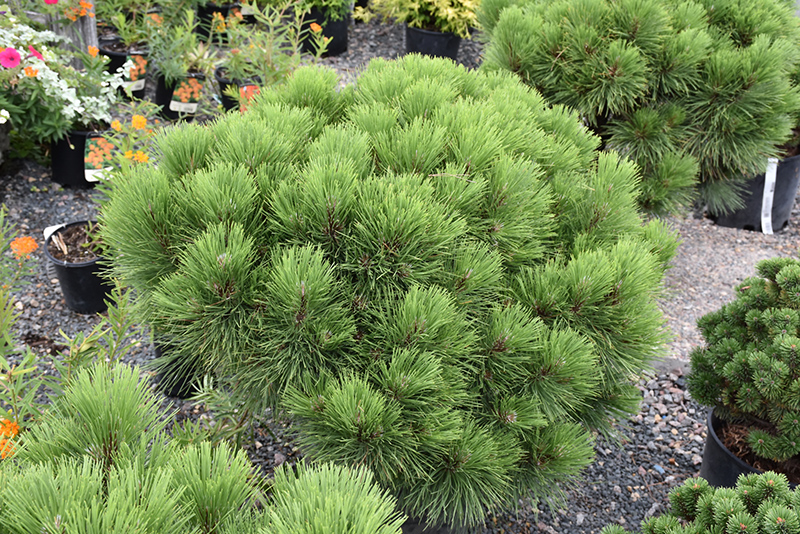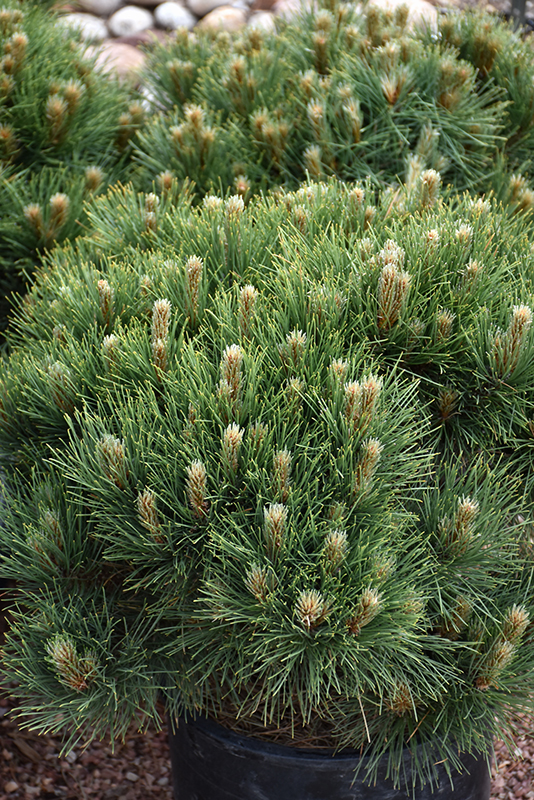>> Home
Height: 4 feet
Spread: 4 feet
Sunlight:
![]()
Hardiness Zone: 3a
Other Names: Norway Pine
Description:
An attractive dwarf evergreen shrub, forms a tight mounded ball, very slow growing; an ideal detail plant for home gardens and rock gardens for form and texture
Ornamental Features
Morel Red Pine is a dwarf conifer which is primarily valued in the landscape or garden for its ornamental globe-shaped form. It has dark green evergreen foliage. The needles remain dark green throughout the winter.
Landscape Attributes
Morel Red Pine is a dense multi-stemmed evergreen shrub with a more or less rounded form. Its relatively fine texture sets it apart from other landscape plants with less refined foliage.
This is a relatively low maintenance shrub. When pruning is necessary, it is recommended to only trim back the new growth of the current season, other than to remove any dieback. It has no significant negative characteristics.
Morel Red Pine is recommended for the following landscape applications;
- Mass Planting
- General Garden Use
Planting & Growing
Morel Red Pine will grow to be about 4 feet tall at maturity, with a spread of 4 feet. It tends to fill out right to the ground and therefore doesn't necessarily require facer plants in front. It grows at a slow rate, and under ideal conditions can be expected to live for 70 years or more.
This shrub should only be grown in full sunlight. It prefers dry to average moisture levels with very well-drained soil, and will often die in standing water. It is not particular as to soil pH, but grows best in sandy soils. It is quite intolerant of urban pollution, therefore inner city or urban streetside plantings are best avoided. This is a selection of a native North American species.

